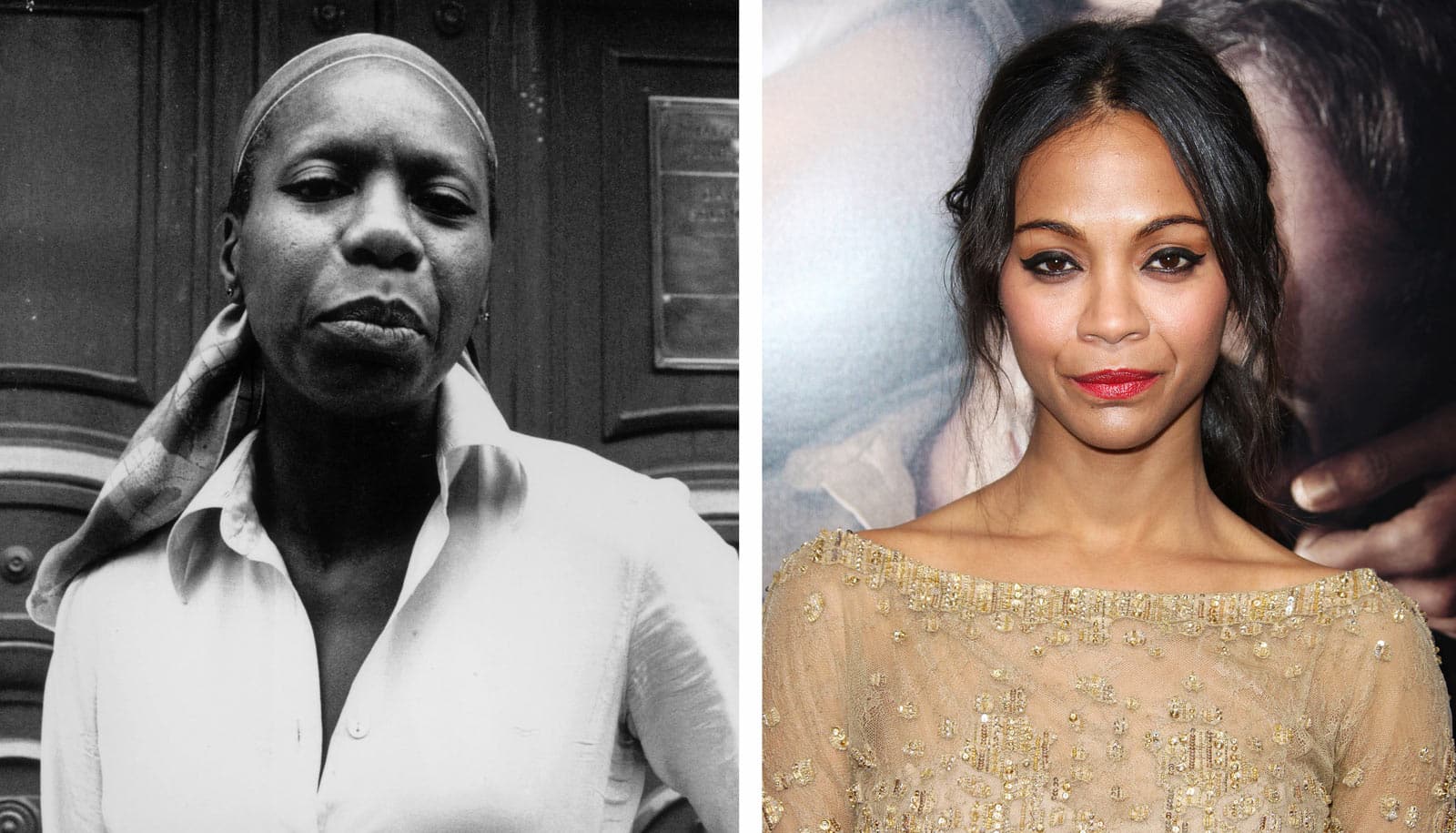Discrimination based on skin-tone, or colorism, can take a toll on the health and relationships of African Americans, research suggests.
“For a long time, colorism has been considered a ‘dirty little secret,'” says Antoinette Landor, assistant professor of human development and family science at the University of Missouri. “Our recent research illustrates the need to unmask skin-tone wounds and promote healing for individuals, families, and communities that suffer from skin-tone trauma.”
Landor offers the following advice to help people heal from skin-tone trauma:
- Acknowledge that colorism exists through individual, institutional, and cultural encounters and that it occurs across races.
- Have difficult conversations about the implications of colorism.
- Identify and define words that might cause skin-tone trauma and be aware of how those words might affect others.
- Believe others when they are open about trauma implications of colorism they are experiencing.
Landor’s study looks at the historical context of skin tone to create the first model for understanding skin-tone trauma. Through this model, she found that colorist incidents might directly and indirectly lead to negative effects on the health and interpersonal relationships of African Americans. This is due to colorist incidents eliciting traumatic stress reactions.
The model looks at both the historical and contemporary role of colorism and how it affects African Americans. While colorism has roots in slavery and colonialism, it has carried over into mainstream popular culture as well. Landor points to several examples in popular culture that illustrate colorism such as the casting of fair-skinned Zoe Saldana to portray dark-skinned Nina Simone, and magazines photoshopping pictures of Beyonce, Kerry Washington, and others to make them appear lighter.
Landor points to differing portrayals of Steph Curry and Lebron James in sports media as an example of how bias about skin tone can affect how individuals are discussed. Landor notes that James has often been described in the media as “the villain and a braggart,” while the lighter-skinned Curry was often described as “likable and approachable.”
“When a phenomenon is nameless, individuals might doubt what they are experiencing,” Landor says. “Naming these experiences as skin-tone trauma gives them a voice to speak about their experiences. Understanding skin-tone trauma also will help counselors or health providers develop tools to help heal these wounds.”
The study appears in Perspectives on Psychological Science. Shardé McNeil Smith, assistant professor of African American studies at University of Illinois at Urbana-Champaign, is coauthor of the study.
Source: University of Missouri



